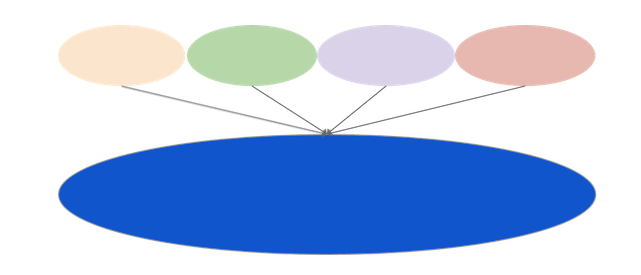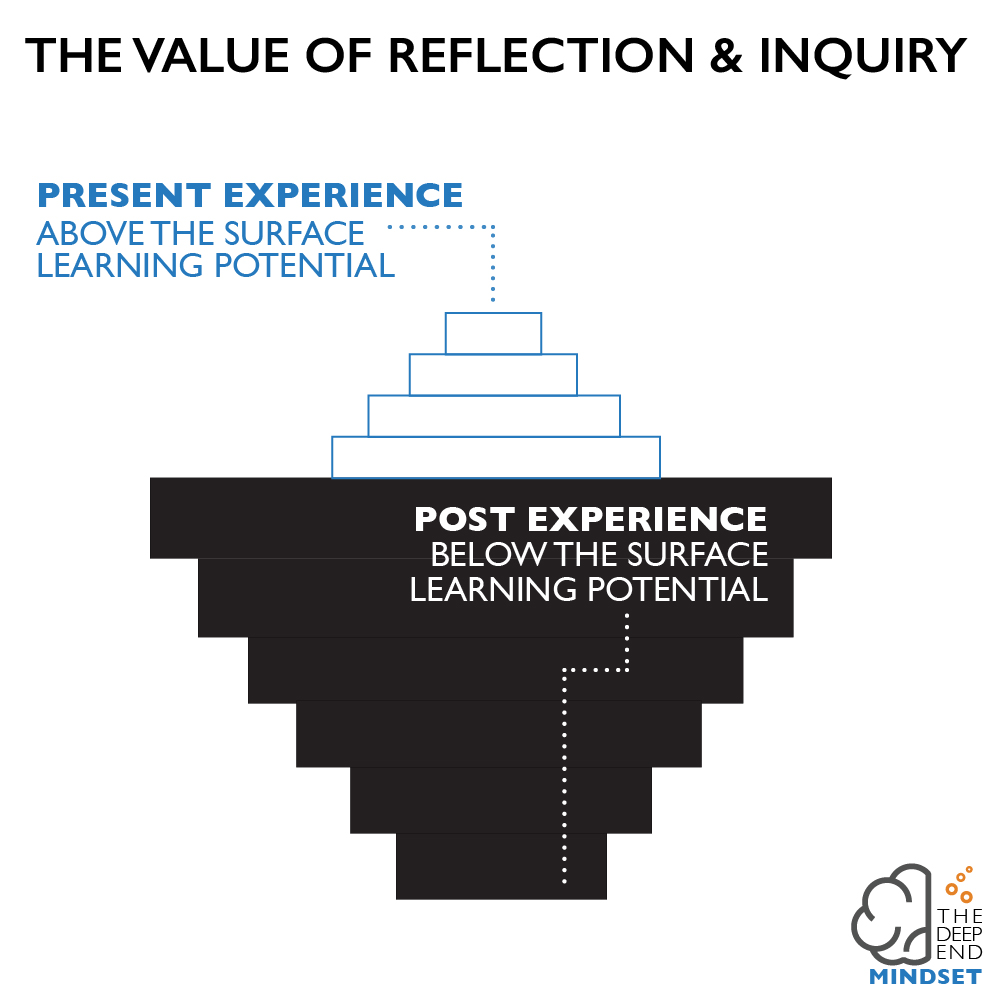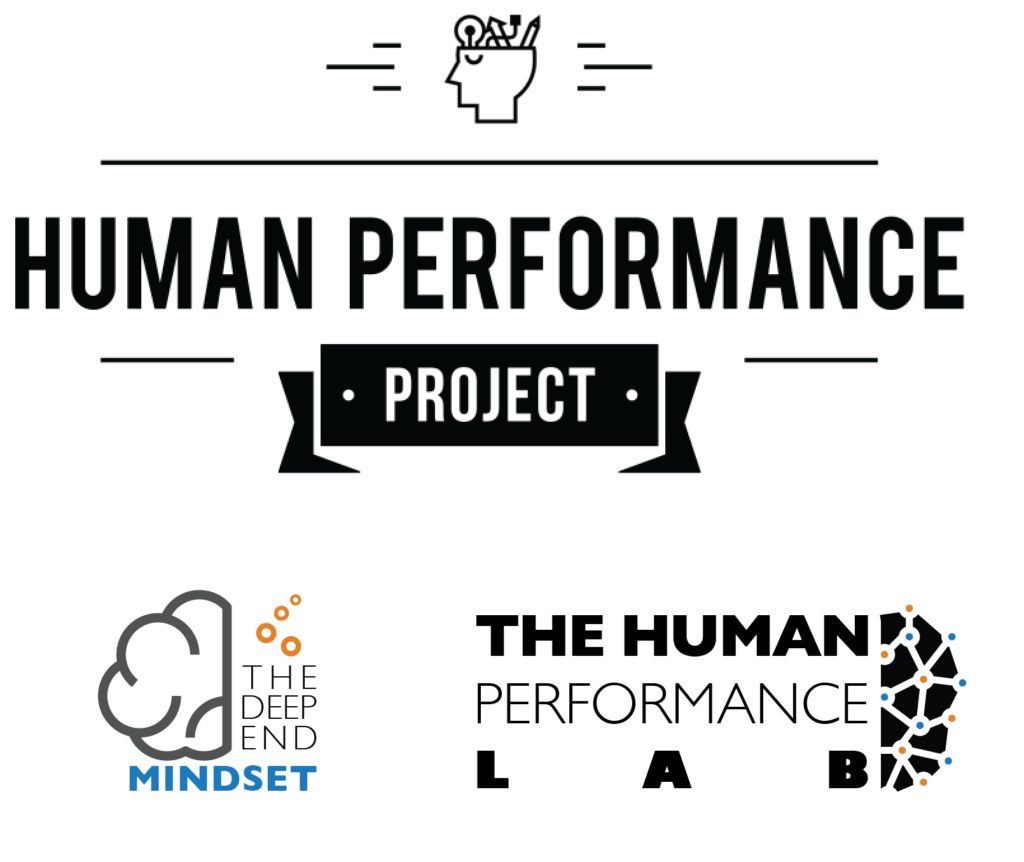Technology and the speed of innovation is only moving in one direction.
Faster.
In a world of iterative development, continuous improvement, agile methodology, two week sprints, micro-service architecture, autonomous deployment, etc. – it is taking a more skilled, organized, and vocal product leader to ensure success of product delivery and ultimately customer value.
There are hundreds if not thousands of critically important conversations a product leader needs to navigate at all levels of the organization. I continue to observe that the combination of when, where and with whom these conversations take place has a significant impact on a success.
What’s more is that each conversation needs to have a slightly different cadence, flow, and focus for it to produce value. For example the conversations your team is having on a daily basis in the trenches should look much different than the once a week check in with your executive team.
Below are some of the strategies and best practices I continue to observe as product leaders strive to mobilize organizations to build and deliver truly valuable products and experiences for their users.
In the Trenches – Node Architecture

This is the battleground where every conversation and interaction has a direct impact on how effectively your team is able to execute. From your morning huddles to the countless desk check ins and micro-transactions happening on a minute by minute basis. This highly interactive node architecture is what determines your team’s daily velocity and the end value of the work being done.
Constant Flow of Information
Your team is working on a number of small stories and tasks that will ultimately contribute to a meaningful output for the business. The ability for your engineers to work autonomously is critical to sustained effectiveness. All communication within your team should be open and transparent. Questions, push back, objections and suggestions should be encouraged in every transaction – no matter the size or importance.
This open communication culture is what will power your team’s high performance engine in the trenches.
Encourage Autonomy
Achieving autonomy and independence with your team won’t fall into your lap. You must intentionally weave this cultural behaviour into every conversation and celebrate when your team proactively leads with this behaviour.
There needs to be a constant positive reminder that everyone on the team is responsible for asking questions, striving to understand the bigger picture, and seeking clarity at every decision point.
You as product leader need to be the shining star of this behaviour.
Remove the Waste
Due to this firehose of interactions & decisions in the node architecture it is possible that within the course of minutes a decision has fall off track or been blown out of scope. Develop your ninja skill at sniffing out these deviations at every corner and practice the graceful art of corralling the team back on track.
However just being the shepherd is not enough. Each time this happens take advantage of the coaching opportunity to help your team understand “Why” there is a laser focus around each story or objective.
The goal is that over time your team will start identifying these deviations on their own and re-aligning right at the node of interaction.
High Performance Squads

Moving up out of the trenches we start to look at the weekly flow and rhythm of your team. How effectively are you as a product leader moving between the trenches and weekly flow? Does your team understand the difference between node architecture and weekly flow – do they intuitively know when to divert conversations from one to the other?
Begin taking time daily and weekly to intentionally pull everyone up out of the trenches for a breath of fresh air. Re-iterate the current theme of work and continue the journey of sharing the Why and What that defines your team.
Start with Why and What
From a 2 point story to a 20 point epic your team should understand why every single piece of work is taken on. No, this does not mean taking an hour getting into granularity and specifics.
On the contrary, your ability to effectively paint the vision in broad strokes defining purpose, business value and impact will be the most effective pursuit of getting the team on board.
Encourage Questions and Feedback
Don’t be mistaken. Just because your taking the first stab at painting the vision doesn’t mean you are the exclusive owner. Going down this path is a slippery slope to disengaging your team, quickly followed by a loss of autonomy and ownership.
Every story you take on should be up for questions, criticism, and suggestions. The dark side of this equation is scope creep and de-railed planning. It’s your job to find and facilitate the perfect balance of dialogue with each initiative.
Themes and Flow
You know what’s coming up on the development roadmap better than anyone else in your team. The ability for you to translate this into small themed sprints of work is an important step that can be easily missed. Translating a 6 month vision into several dozen 2 week sprints takes skill and finesse – your team needs this.
As you’re preparing your team for the next sprint, remind them of the broader vision but spend more time on discussing how this specific upcoming piece of work will play a critical role in achieving the outcome several months down the road.
Influence & Partnerships Across the Organization
If you’re constantly in the trenches and working within your squad, you’ll miss the vitally important task of looking up to see the forest from the trees. This is where your visionary roadmapping skills must blend seamlessly with the ability to see how that roadmap will impact the entire organization.
If you choose one place to be proactive in your leadership and communication – developing partnerships with other departments should be at the top of your list.
Don’t take these conversations and partnership for granted. This is where your greatest influential leadership muscles must be flexed.
Clear and Explicit Communication
Clear, concise, and explicit communication is a must when bringing together cross functional or dependant teams within the organization.
There is a very distinct reason for this.
The leaders of other teams you are bringing together will have their hands full juggling important balls and putting out fires in their respective groups. While the work you are doing will have profound downstream impacts on them, these leaders are focused on what needs to be done today and won’t have your dependencies on their radar.
Your job is to set the appropriate context including a description of the scope of work relevant, how and when it will impact them, and the decisions or outcomes that need to be reached while you are all at the table.
You may have dependencies and partnerships with one team or many – it’s your job to bring the right people to the table and facilitate the discussion on how you can work together to achieve the desired outcome.
Make sure you have a clear sense of what you want to get out of these conversations as there will be a tendency for the scope to creep and stakeholders to ask questions that may not be relevant to the conversation and outcomes at hand.
Tight Knit Leadership Alignment
If you’ve effectively made it this far, there will be an inverse relationship between the influence top management has in your success and the time you need to spend with them.
In other words, it is your responsibility to keep these meetings crisp and concise ensuring the key decisions are raised and acted upon. When you do this well you empower the top leaders in your company to clearly see what levers need to move to allow your team to move forward most effectively. Providing this clarity and confidence will result in more things happening quicker with less time needed between you and management.
Clarity and Explicit Requests
Be prepared for these meetings. Let me say that again – be prepared for these meetings. If it takes you two hours to feel fully confident and ready to facilitate the conversation – do it. Each and every time.
Your job is to distill the hundreds if not thousands of conversations and data points you’re digesting into one salient decision point. You then need to communicate this providing adequate context without deep diving to your executive leadership stakeholders. If there are topics that are running smoothly, don’t waste your leader’s time letting them know all of the great details – if you’re instilling trust and confidence in the tough decisions they will know the other pieces are moving along smoothly.
Before you step into the boardroom you must know the outcomes and decisions you want to walk out with. Everything in your leadership meetings should revolve around these key decisions, dependencies, and flags. It is your responsibility to clearly and explicitly articulate the outcomes needed to move forward.
Summarize each meeting
I close each executive huddle with action items and follow ups for myself and any other members in the group. If you meet on a consistent basis this gives you a timeline to have action items completed by. This also gives your team the confidence that the critical issues are being addressed and will be acted on with progress to be expected by the next check in.
Put yourself in the shoes of your leaders for a minute – they are likely running around from sun up to sun down covering the widest spectrum of conversations, and issues on a daily and weekly basis. Your check in meeting may only represent 1% of their weekly volume.
Building this very consistent cadence, flow, and action driven process around your leadership meetings is a way of hacking your leader’s muscle memory. After the first few iterations your leaders will come to the table prepared and fully engaged because they know exactly what to expect when they sit down and that things will have progressed forward by the time they stand up – which they also know will likely be in the realm of 5 to 15 minutes without a minute wasted.
The Juggling Act of Product Team Leadership
Everyday feels like a rollercoaster.
Bouncing from daily team huddles and micro-decisions with my engineering team to discussing future dependencies with other developments teams and having tough partnership conversations across the organization.
It’s a flurry. A mad scramble. And I often times find myself taking a very intentional moment standing outside my next meeting room pausing for a deep and still breath. A full reset to acknowledge what needs to take place in this next interaction. Understanding that the pace, flow, process, and outcomes may look very different from the 5, 10, or 15 interactions I’ve just had in the last hour.
I wouldn’t have it any other way.
Technology and product leadership is a challenging and complex dance of alignment, influence, visionary entrepreneurship and tactical relationship building.
If I’ve taken anything from my experience thus far it’s that in this field there is a learning and growth opportunity around every corner. Every conversation and interaction provides immediate feedback for you as a leader and product owner to get better.
My greatest encouragement to you is to seek out these learning opportunities and treat them like gold. Incorporate this dynamic of continual learning into your daily iterative flow. Open these learnings up to your team as frequently as possible.
It doesn’t take long for the tens and hundreds of micro-lessons a day to add up to something very special.
The choice is ours.
Subscribe for a monthly dose of inspiration… Similar to what you just read above!




